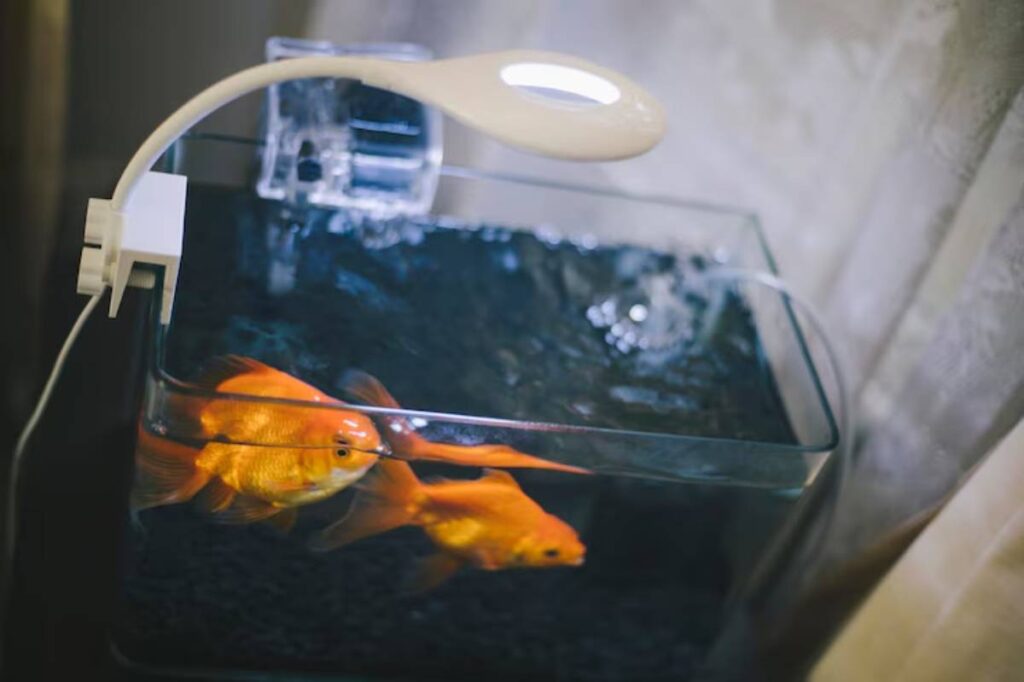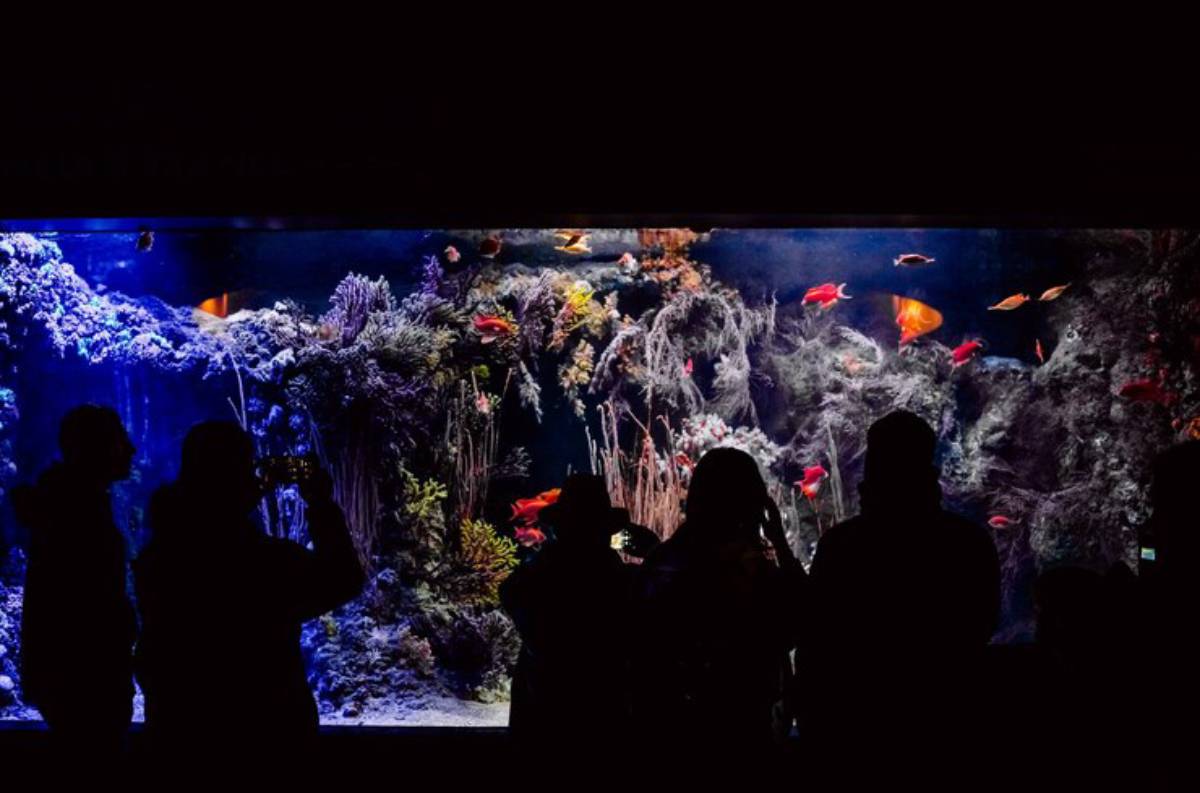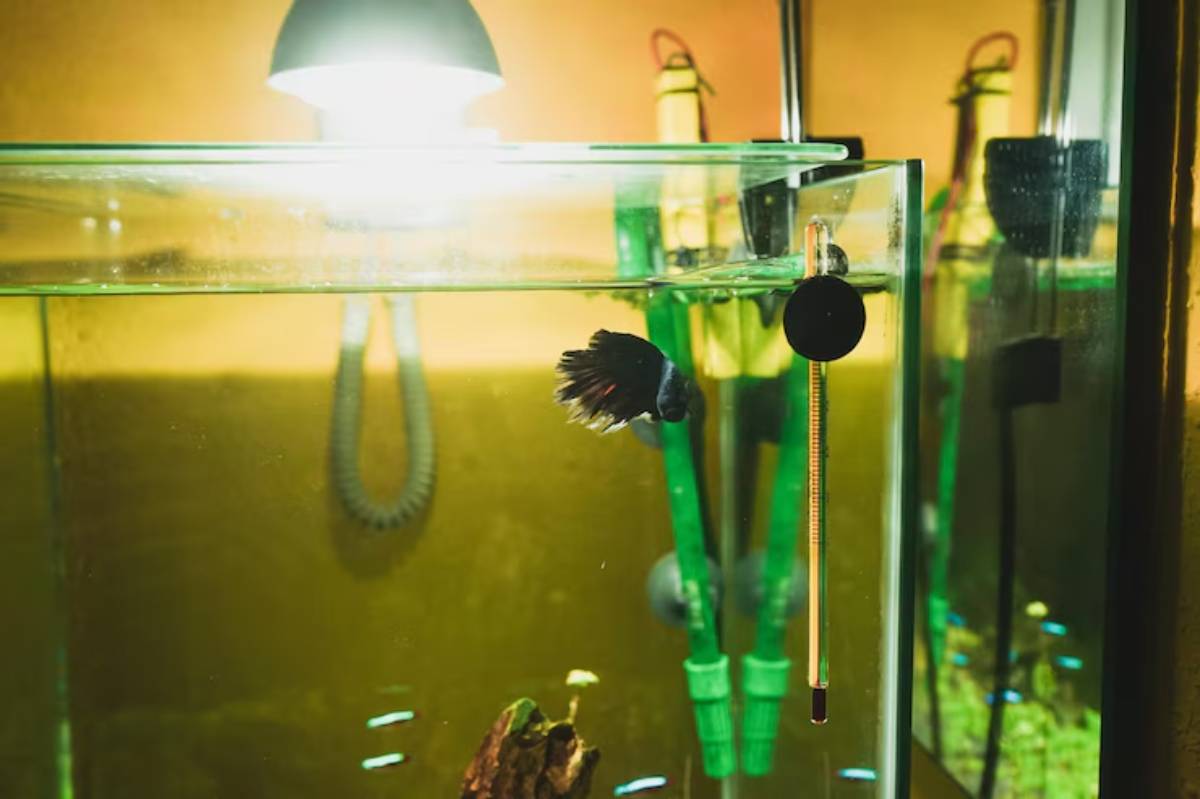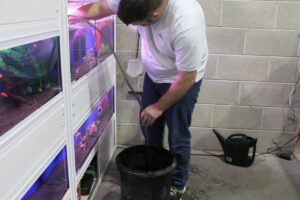The Pets Care Blog

Avoiding Electrical Hazards in Aquarium Setups: Keep Your Fish — and Yourself — Safe
A glowing aquarium is magical. You see bubbling water, vibrant fish, lush plants, and soft lighting. But behind the serene display lies an invisible danger: electricity.
Fish tanks rely on many electrical devices. Heaters, filters, lights, and air pumps all work together. They do this while being close to water. If managed carelessly, this can lead to electric shocks, equipment failures, or even house fires.
As an aquarist, your top priority is safety — both for your aquatic pets and for everyone around the tank. In this guide, we’ll cover essential tips for fish tank electricity safety, how to choose the right power strip for aquariums, and what kind of waterproof aquarium gear protects you from costly or dangerous mishaps.
Why Electrical Safety in Aquariums Matters
Water and electricity are a risky mix. A small mistake, such as a loose wire or a dripping cord, can lead to short circuits, damage to equipment, or even electric shock.
Common Hazards Include:
- Faulty or exposed wiring
- Non-GFCI (ground fault) outlets
- Overloaded power strips
- Water splashes into sockets or plugs
- Damaged or subpar aquarium gear
- Improper grounding or insulation
These aren’t just theories. They can cause injuries, kill fish, and lead to expensive repairs. That’s why prevention is vital.
The Basics: Key Electrical Safety Principles for Fish Tanks
No matter if you’re starting a nano tank or caring for a big reef, these rules work.
1. Always Use a Drip Loop
This is the simplest — yet most often ignored — safety step. A drip loop is a U-shape in the cord, positioned below the outlet level, so water travels down the cord and drips off before it reaches the plug.
Secure cords with cable clips to ensure they hang lower than your power source.
2. Install GFCI Outlets
A Ground Fault Circuit Interrupter (GFCI) cuts off power when it detects a current leak, which can happen if water enters an appliance or cord.
- Essential for tanks near sinks, basements, or high-humidity areas
- Affordable and installable by most electricians in under an hour
- You can also use GFCI adapters if wall replacement isn’t feasible
Choosing the Right Power Strip for Your Aquarium
A standard household power strip simply doesn’t cut it when it comes to aquatic gear.
Look For:
- Surge protection to guard equipment during power fluctuations
- Individual switches or timers for lights, filters, and heaters
- Mountable design to keep it off the floor or away from splashes
- Weatherproof casing or splash-resistant outlets
- Built-in circuit breaker for overload protection
Keep your strip raised and away from the tank — never place it directly on the stand below the aquarium.
Want to manage your devices more efficiently? Consider combining your strip with timer-controlled lighting for safer, hands-free operation.
Waterproof Aquarium Gear: What to Prioritise
Many products claim to be water-resistant, but which ones actually keep your setup safe from electrical risks?
1. Submersible Heaters with Auto Shut-Off
Choose heaters that shut off when out of water. This prevents overheating or cracking when water levels drop.
2. Fully Encased Powerheads and Filters
Look for sealed designs from reputable brands. Loose seals or cracks can allow water intrusion, risking shorts.
3. Inline or External Equipment
To reduce water contact, place devices like heaters or UV sterilisers outside the tank if you can.
4. Waterproof LED Lighting

High-quality aquarium lights are sealed and rated for wet environments. Avoid DIY setups or uncovered fluorescent tubes.
Practical Safety Checklist: Setup and Maintenance
Safety doesn’t stop after installation — it’s about long-term maintenance and habits.
Weekly Checks:
- Inspect cords for cracks or moisture
- Ensure all drip loops are intact
- Test the GFCI with the “reset” button
- Listen for strange buzzing from equipment
- Check for excess condensation or salt creep on plugs
Monthly Tasks:
- Clean salt deposits (especially in marine tanks)
- Reroute or retie any sagging cables
- Check surge protectors and timers for wear
- Replace or repair worn waterproof seals
Equipment Placement: Keep It High and Dry
Keep electrical components above the waterline whenever possible. Use stands, hooks, or velcro strips to mount power strips and controllers to the wall or cabinet sides.
Avoid these mistakes:

- Power strip directly under the tank
- Unsecured cables running through water splash zones
- Loose plugs resting on wet surfaces
Simple fixes like velcro cable wraps or wall hooks reduce tangle and risk.
Extension Cords: Use with Caution
While tempting, extension cords are not recommended for permanent aquarium use, especially near water. If unavoidable.
- Use heavy-duty, outdoor-rated extension cords
- Keep all connections elevated and dry
- Avoid chaining multiple cords together
What to Do in Case of an Electrical Emergency
If you see smoke, sparks, or hear popping.
- Unplug the tank from the breaker if necessary
- Do not touch wet cords or equipment with bare hands
- Use insulated gloves or tools to disconnect any active gear
- Remove fish only if safe; they can survive short power outages
- Call a professional if you’re unsure what caused the issue
Never try to DIY electrical fixes unless you’re qualified. Your safety comes first.
Special Considerations for Saltwater Tanks
Saltwater increases conductivity, which makes electrical hazards even more dangerous.
Take Extra Steps:
- Use corrosion-resistant gear
- Clean salt creep off cables and plugs weekly
- Never place metal outlets or cords near the sump or overflow box
Even tiny bits of salt can let electricity flow and shorten the life of equipment.
Protecting Your Fish from Shock
Yes, fish can feel electric current, especially weak, consistent leakage. If your fish are acting strangely (e.g., darting, hiding, or gathering near one side), test the water with a voltage tester.
- Turn off each piece of equipment individually to identify the source
- Replace faulty devices immediately
- Always use a GFCI to prevent future incidents
Conclusion: Keep the Glow, Not the Shock
An aquarium should be a calm, beautiful centrepiece. It shouldn’t be a dangerous electrical hazard. With a few precautions and the right gear, you can enjoy your tank’s beauty and function without fear of shocks, failures, or hazards.
Remember: electricity and water don’t mix — but they can coexist safely when you use drip loops, GFCI outlets, quality power strips, and waterproof aquarium gear.
Take five minutes today to review your setup. Check your cords, raise your power strip, and secure any hanging wires. Your fish (and your family) will thank you.
Learn how to lay out equipment and décor safely with our guide to arranging décor for fish safety and aesthetics.









